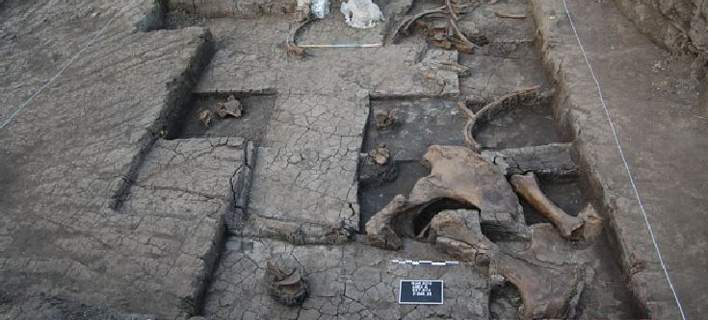
Marathousa 1 is one of the oldest archaeological sites in Greece and it used to be located on the shore of a shallow lake. During the excavations in the area the researchers unearthed a complete ancient elephant skeleton, as well as a variety of flora and fauna remains, stone tools, and butcher instruments.
The bone analysis on the elephant skeleton revealed that the animal lived between 300,000 and 600,000 years ago. “That makes Megalopolis the only site in the Balkans where we have evidence of an elephant being butchered in the early Paleolithic,” researcher Katerina Harvati, a professor at the Senckenberg Center for Human Evolution and Palaeoenvironment at the University of Tübingen, said in a press release.
“Despite this crucial geographic position, paleoanthropological and paleolithic research has been under-represented in the region due to a traditional focus on later prehistory and Classical times,” Havarti said. “As a result, very little information exists on the Lower Paleolithic of Greece. Marathousa 1 is of paramount importance for the understanding of human dispersal patterns into Europe, as well as the adaptations and behavior of early humans in the region.”
See all the latest news from Greece and the world at Greekreporter.com. Contact our newsroom to report an update or send your story, photos and videos. Follow GR on Google News and subscribe here to our daily email!



